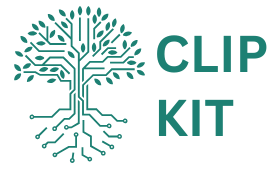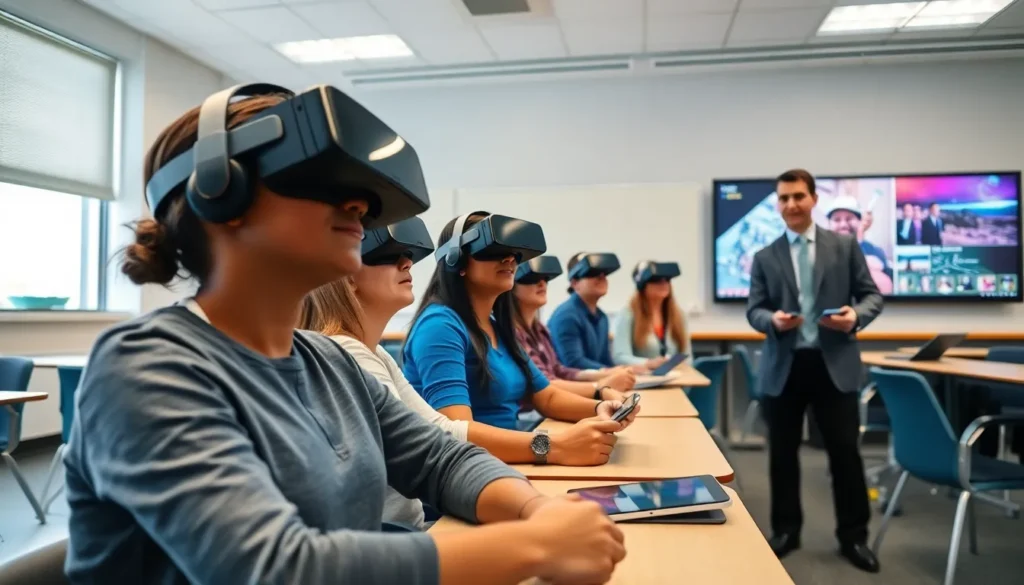Table of Contents
ToggleIn a world where every day feels like a new episode of a tech thriller, emerging learning technologies are taking center stage in education. Picture this: you’re in a class where lessons come alive through virtual reality, or better yet, a chatbot is helping you understand that pesky algebra problem. It’s not just fantasy: it’s a glimpse into the future of learning. As the education landscape rapidly evolves, those in the know are exploring these exciting innovations, which promise to make learning not just effective but a whole lot of fun. Let’s immerse and uncover how these technologies are reshaping the way knowledge is absorbed, mixed with a sprinkle of humor and a lot of hard-hitting facts.
Overview of Emerging Learning Technologies

Emerging learning technologies are revolutionizing the educational landscape, providing new avenues for interaction, engagement, and skill acquisition. These innovations not only enhance traditional classroom settings but also extend learning opportunities beyond traditional pedagogical boundaries. With tools and platforms continually evolving, educators can carry out a wealth of strategies tailored to meet diverse learning needs. In this digital age, technology is no longer just an adjunct: it has become the backbone of modern education. From online courses to smart classrooms, the synergy between technology and education is transforming how learners engage with content.
Key Innovations Shaping the Future of Learning
Several groundbreaking technologies are leading the charge in transforming educational practices.
Artificial Intelligence in Education
AI is one of the most significant forces in the current educational landscape. With the capability to analyze learning patterns, AI can personalize educational experiences, adapting content to fit individual student needs. Imagine a classroom where every student has a personalized tutor working tirelessly to ensure they grasp each concept. From automating administrative tasks to providing real-time feedback, AI’s potential is vast and largely untapped.
Virtual and Augmented Reality Applications
Virtual and Augmented Reality (VR and AR) are heralding a new era of experiential learning. When students can don a headset and immerse themselves in a historical event or explore the human body from the inside out, learning transforms from a passive activity into an adventure. This immersive approach caters to various learning styles and offers opportunities for collaboration, bringing distant concepts to life.
Gamification and Adaptive Learning Systems
Gamification transforms mundane lessons into dynamic experiences by incorporating game elements into education. The essence is simple: learning becomes engaging. Students could earn points, unlock achievements, and compete with peers, fostering a spirit of motivation that traditional methods struggle to achieve. Meanwhile, adaptive learning systems assess a learner’s performance in real-time, adjusting the content according to their understanding. This ensures that no student is left behind and everyone can progress at their own pace.
Challenges and Considerations in Adopting New Technologies
Integrating these cutting-edge technologies into educational frameworks isn’t without its hurdles.
The Future of Learning Technologies: Trends to Watch
On the one hand, schools face obstacles such as budget constraints, training needs for teachers, and ensuring equitable access for all students. As with any innovation, the transition requires a thoughtful approach, considering both the perks and the challenges that come with it. Stakeholders must monitor trends, such as an increased focus on cybersecurity in digital learning environments and the need for comprehensive educator training to effectively use these technologies. Embracing change isn’t just about jumping on the latest fad: it requires strategic foresight to understand the long-term implications.



